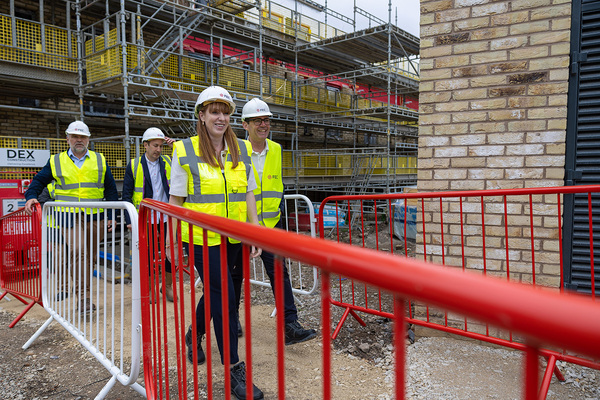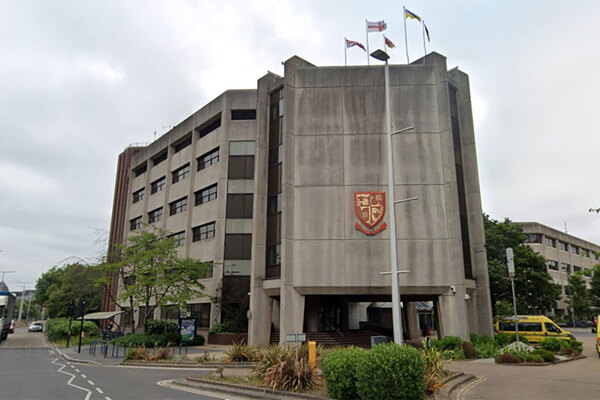The grey belt: a missed opportunity?
Lord Moylan, chair of the House of Lords’ Built Environment Committee, sets out the findings of the inquiry into grey belt land
When the government published its draft National Planning Policy Framework (NPPF) in July 2024, one policy stood out: the creation of a new category of land, referred to as the ‘grey belt’. It is defined as land within the green belt that had either been previously developed or that made only a limited contribution to the original purpose of the green belt.
The proposal seemed to be that this ‘grey belt land’ could be released more readily for development. At the time, I chaired the House of Lords’ Built Environment Committee, and we agreed that this merited further investigation. We launched an inquiry into the policy and have published our letter to the deputy prime minister.
The UK is facing an acute housing shortage, and the government has set itself an ambitious target of 1.5 million homes to be built during this parliament. It initially seemed as though the release of poorer-quality green belt sites through this policy could lead to sustainable development on the edge of existing settlements and provide much-needed housing.
However, the policy as set out in the final NPPF (published on 12 December 2024), coupled with subsequent changes to wider planning policy, leads us to suspect that the grey belt – once touted as a key policy for this government – will become largely redundant and fail to make a meaningful impact on the ability to reach the government’s housebuilding targets.
The cumulative effect of the revisions to the NPPF means that land will be released by means of the pre-existing green belt exemptions instead. Local authorities have been made to review their green belt boundaries and make alterations to meet their housing demands, making it difficult to see what additional value the grey belt provides.
‘Grey belt’, ‘green belt development’ and ‘land released from the green belt’ have been used interchangeably in the final NPPF, further suggesting an erosion of what was once a more distinct identity.
The fact that the NPPF has been finalised while so many other complementary and interconnected planning policies are being developed, raises significant concerns about the extent at which any given policy, including the grey belt, will be successful. This government appears to lack an understanding of the implications of introducing concurrent intersecting planning policies, thus risking its ability to deliver them in a coherent way.
The ability of local authorities to make consistent, efficient and sound decisions on planning applications, to produce local plans and undertake green belt reviews will be pivotal to the success of the government’s ambition to build more homes and facilitate grey belt development. The grey belt policy has been introduced in the context of numerous other policy initiatives and the promise of significantly more development, yet the government has seemingly failed to take into account the strain this is likely to place on local authority planning departments.
“Local authorities have been made to review their green belt boundaries and make alterations to meet their housing demands, making it difficult to see what additional value the grey belt provides”
Over 90% of district councils have recently reported to the Ministry of Housing, Communities and Local Government that they are struggling with planning staff recruitment and retention. The recruitment target of 300 additional planners would appear wholly insufficient in the face of such a deficit, amounting to less than one new additional staff member per department. Thus, pressing questions are raised about the capacity of local authorities to deliver any meaningful policy changes, let alone the grey belt policy.
It would seem as though the introduction of the grey belt policy, as well as the multitude of other planning policy decisions, has at best been rushed. There are sincere doubts about whether the grey belt policy will have any significant or lasting impact on planning decision-making. Whether it will have any meaningful effect on the nation’s ability to reach the target of 1.5 million new homes remains to be seen.
Lord Moylan, chair, House of Lords’ Built Environment Committee
Sign up for our daily newsletter
Already have an account? Click here to manage your newsletters













